With its enormous body and distinctive appearance, the elephant seal is one of the most fascinating animals in the polar regions. In this blog, we’ve gathered ten exciting facts about the world’s largest seal – the southern elephant seal.
Watching the gigantic males defend their harems or the elephant seal pups curiously approach with their large, dark, saucer-like eyes is a wildlife experience beyond the ordinary. You can witness all of this on the beaches of South Georgia during our grand Antarctic expedition.
The World’s Largest Seal
The southern elephant seal is the largest of all seal species. Males can grow up to 6 meters in length and weigh over 4,000 kg. Females are significantly smaller, reaching around 3 meters in length and weighing up to 900 kg.
Named After the Trunk
The male’s inflatable trunk is used to produce loud, trumpeting sounds during mating season and to help reabsorb moisture during fasting.
Deep-Sea Divers
Elephant seals are expert divers. They can reach depths of over 2,000 meters and stay underwater for more than two hours.
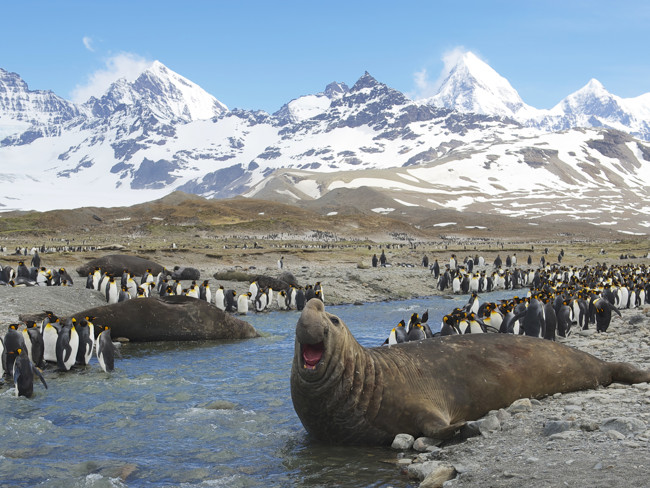
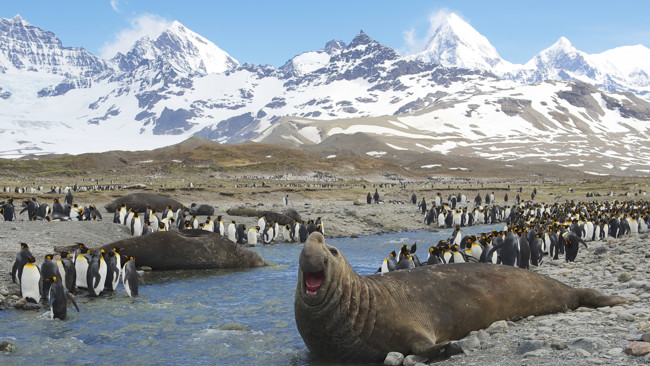
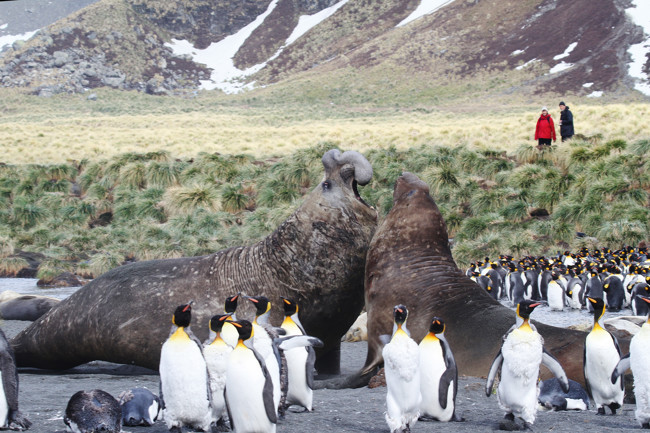
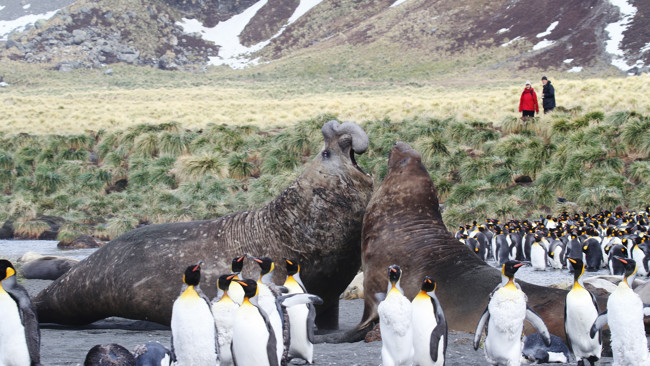
Long-Distance Travellers
They can travel up to 33,800 km per year, making it the longest known migration of any mammal.
Spend Most of Their Lives at Sea
Elephant seals spend about 80–90% of their lives in the water, coming ashore only to mate, give birth, and molt.
Aggressive Harem Masters
During mating season, males fight for control over a "harem" of females – sometimes with bloody outcomes.
Rapid Growth in Pups
Elephant seal pups gain weight quickly – from around 40 kg at birth to over 120 kg in just three weeks, thanks to their mother’s extremely fatty milk.
Impressive Fat Layer
They have a thick layer of blubber that protects them from the cold and serves as an energy reserve during long fasting periods.
Molting Once a Year
During a "molting period," they stay on land for several weeks to rest and shed their fur – along with the outer layer of their skin.
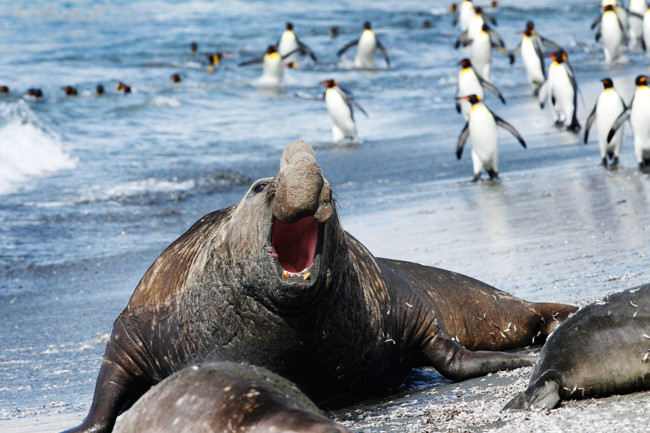
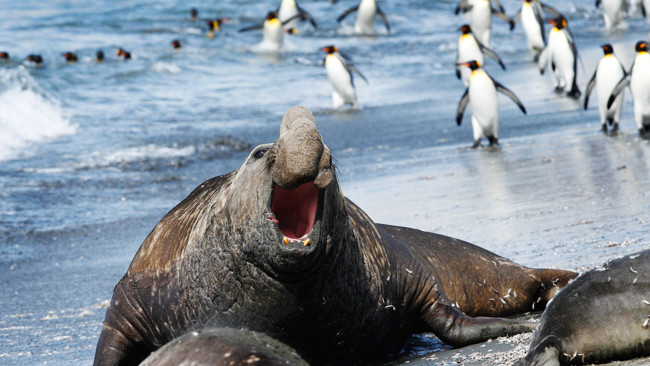
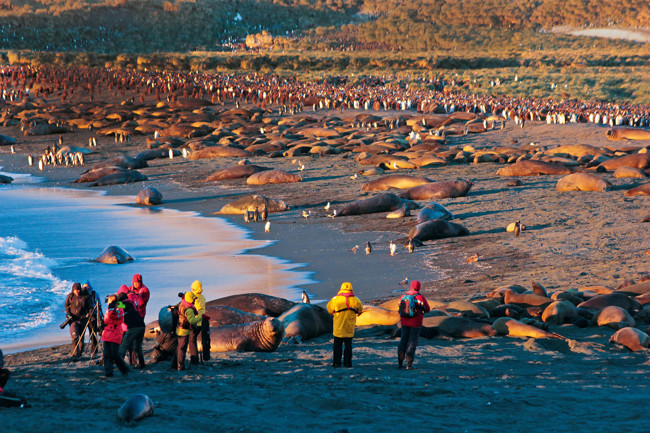
Common in the Antarctic Region
The southern elephant seal is found in large colonies on sub-Antarctic islands such as South Georgia, the South Shetlands, and Heard Island. During the breeding season, thousands of animals gather in a powerful and noisy spectacle.





